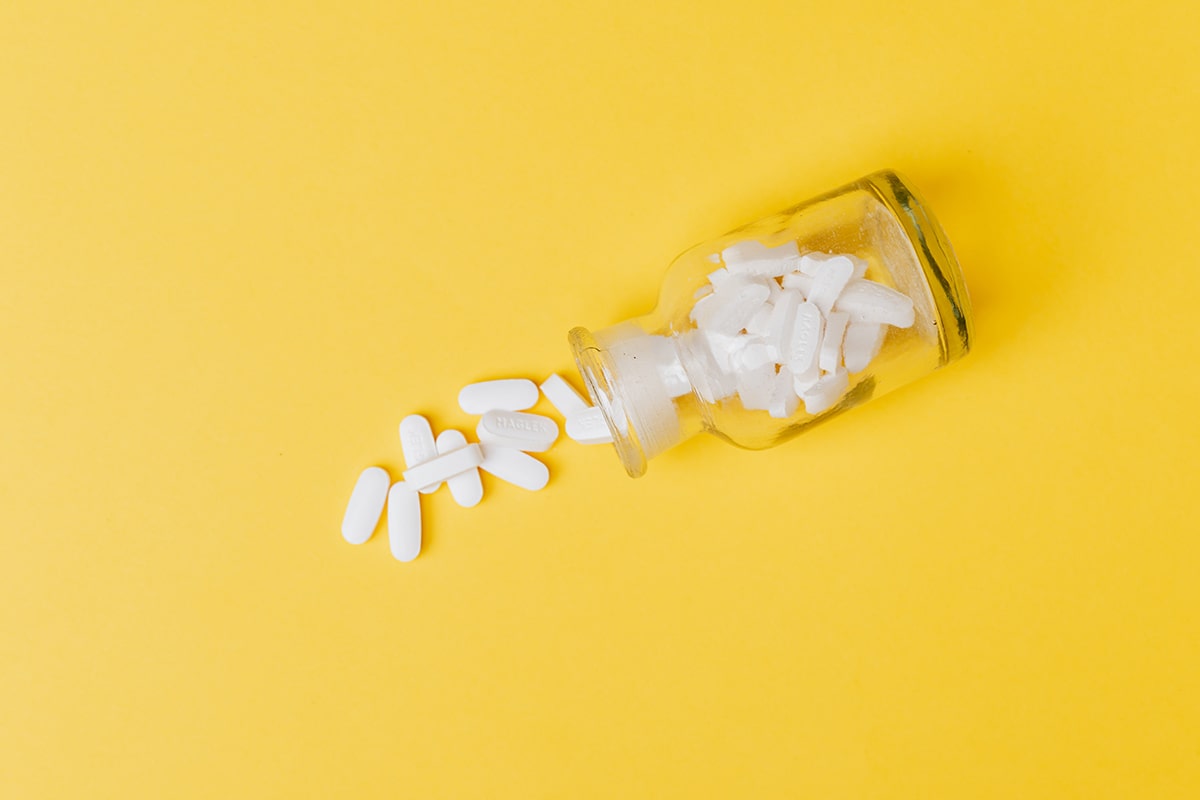Easing Menopausal Aches & Pains

Although aches and pains are part of life, you’re in good company if you feel like you’re more uncomfortable as you enter perimenopause.
A study of middle-aged women found that 50-89% of perimenopausal women reported musculoskeletal pain, a significantly higher proportion than those who were premenopausal.
The Role of Estrogen in Body Aches
Your musculoskeletal system is a complex network of bones, muscles, and connective tissue. Estrogen receptors are found in all of the musculoskeletal tissues, so estrogen affects their metabolism, strength, and mass. Changes in estrogen levels during the menopause transition appear to change muscle density and ligament and tendon health.
Lower estrogen levels in menopause are linked to an increased risk of injury, loss of bone density and muscle mass. Less estrogen also appears to reduce the body’s response to muscle and bone-building exercise.
Estrogen and Inflammation
Estrogen also seems to be protective against inflammation—so losing it can allow the inflammation that contributes to body aches and pains.
While pain is complex, inflammation in the body as a result of low estrogen can be a major factor in the nagging, widespread joint pain that many midlife women experience.
Low back pain, which becomes far more common in perimenopause, is a perfect example. The low back is actually a lightning rod for pain related to inflammation and the immune response – one of the reasons that many people have backaches when they are sick.
Weight gain and increased body fat, both of which tend to happen in midlife, also affect inflammation in the body and contribute to the likelihood of this type of pain.
Stress, Sleep & Pain in Menopause
Pain is multifactorial, affected by lifestyle as much as your strength or flexibility. Unfortunately, the menopause transition often brings increased stress and loss of sleep that can compound hormonal changes and contribute to pain.
Stress and sleep go hand-in-hand. When you are coping well with life’s stressors, you’re more likely to get a good night’s sleep (and vice versa). But, disrupted sleep and higher stress around menopause can tip your body over the edge into pain and discomfort.
How to Get Back on Track
Aches and pains can make your days feel more challenging and limit your activities. Experts agree that taking these important steps is an important part of getting past the cloud of menopause-related pain.
Address Sleep Issues
This is perhaps the most important step for most people with pain. Improving your sleep is well worth the effort, for both your physical and mental health.
- Improve your sleep hygiene
- Address concerns like night sweats, breathing difficulties, or anxiety that you identify are an issue for your sleep
Practice Regular Stress Coping
- Paced breathing, meditation, body scans and progressive muscle relaxation are all tools that you can implement on a regular basis
- Journal so you can put your stress on the page and leave it there.
- Connect with people that you care about. Social relationships are a key way to keep yourself feeling happy, healthy and connected.
Don’t Wait to Be Pain-Free to Move
- More often than not, exercising with some discomfort is what ultimately gets you to the point of less pain. Even if your pain stays the same despite exercising, this is a far better long term choice for your body and your health.
- It can be challenging to motivate yourself to move when you feel uncomfortable in your body. However, movement is both safe and important for people managing pain.
- Exercise is not a binary choice – there are always options to scale movement up or down to make it more comfortable. Even if you need to reduce the intensity, duration or impact in your exercise to make it comfortable, adjusting around your discomfort will keep you moving and reduce the impact of pain on your life.
- Exercise is a critical piece of the puzzle for improving sleep and mood. Getting yourself moving is the best gift that you can give your health.
Look at Your Plate
- Reducing added sugar in your diet can majorly improve inflammation-related symptoms like pain. Try the 7-Day Sugar Swap linked below to get started.
- Ensure that you’re getting enough protein every day – a minimum of 0.5g of protein per pound of bodyweight. You’ll need more if you’re very active.
- Reduce alcohol intake (which can also improve your sleep and mood).
- Enjoy the flavors and health benefits of whole foods.
Enjoy Feel-Good Therapies
- Massage, acupuncture and alternative therapies can help calm the nervous system and reduce pain.
- You can also do at-home self-massage with an inexpensive foam roller and a YouTube instructional video.
- Create at-home spa days or hours dedicated to soothing self-care.
Sign up for more unique women’s health content
By submitting this form, you agree to the Lisa Health Privacy Policy and Terms of Use


